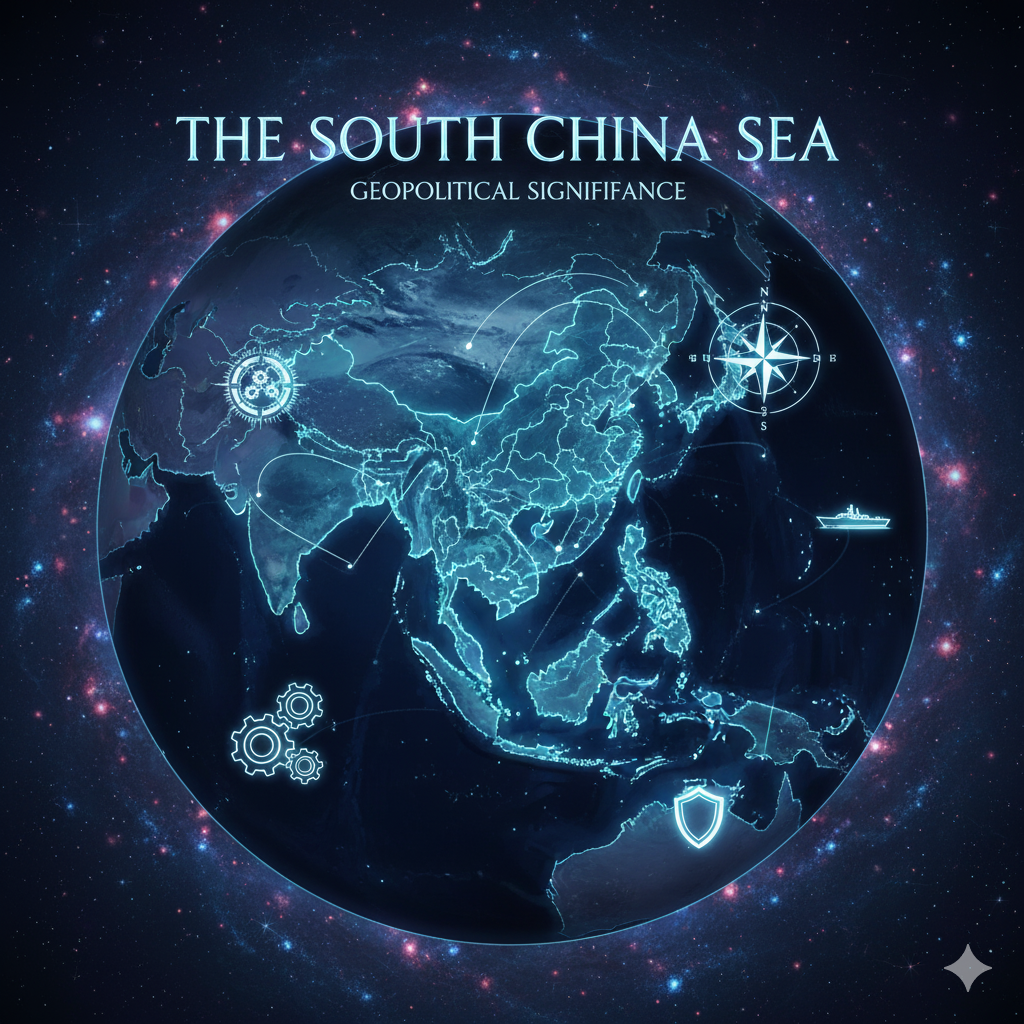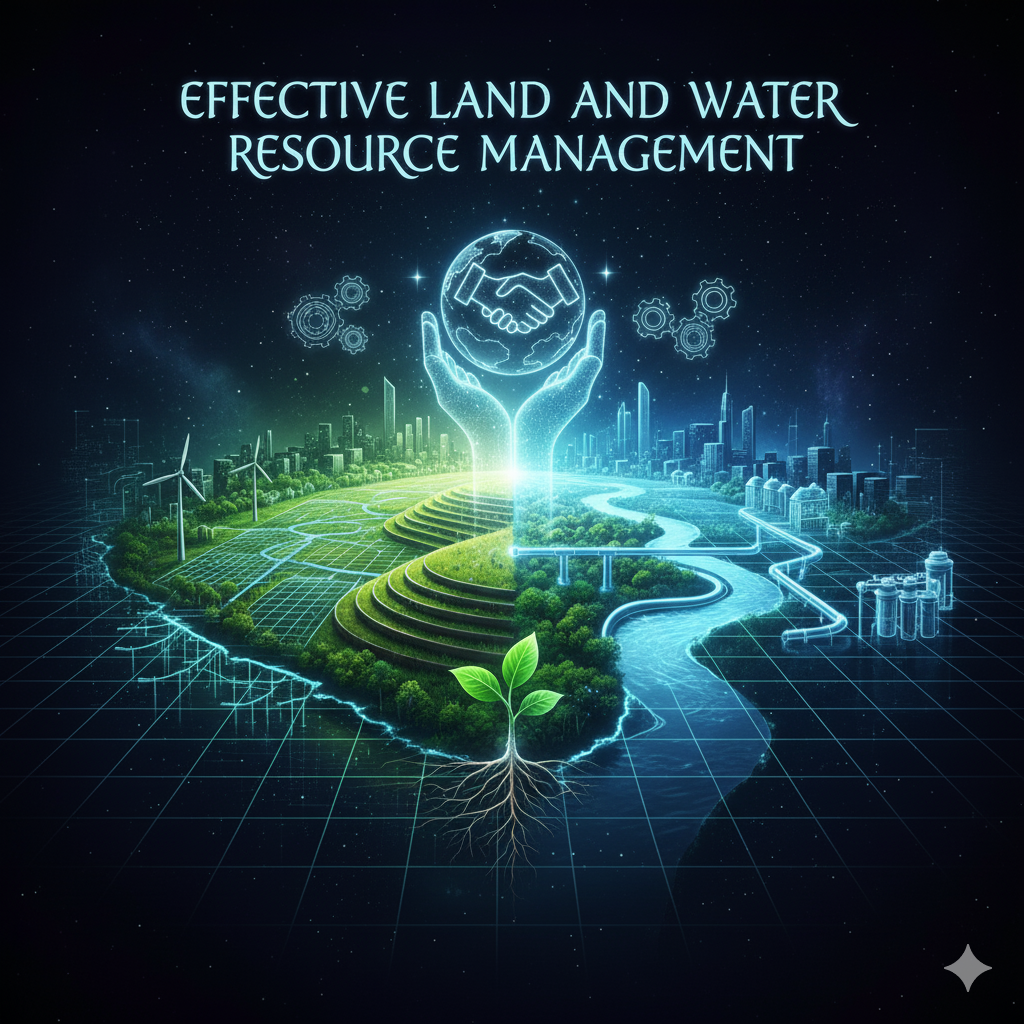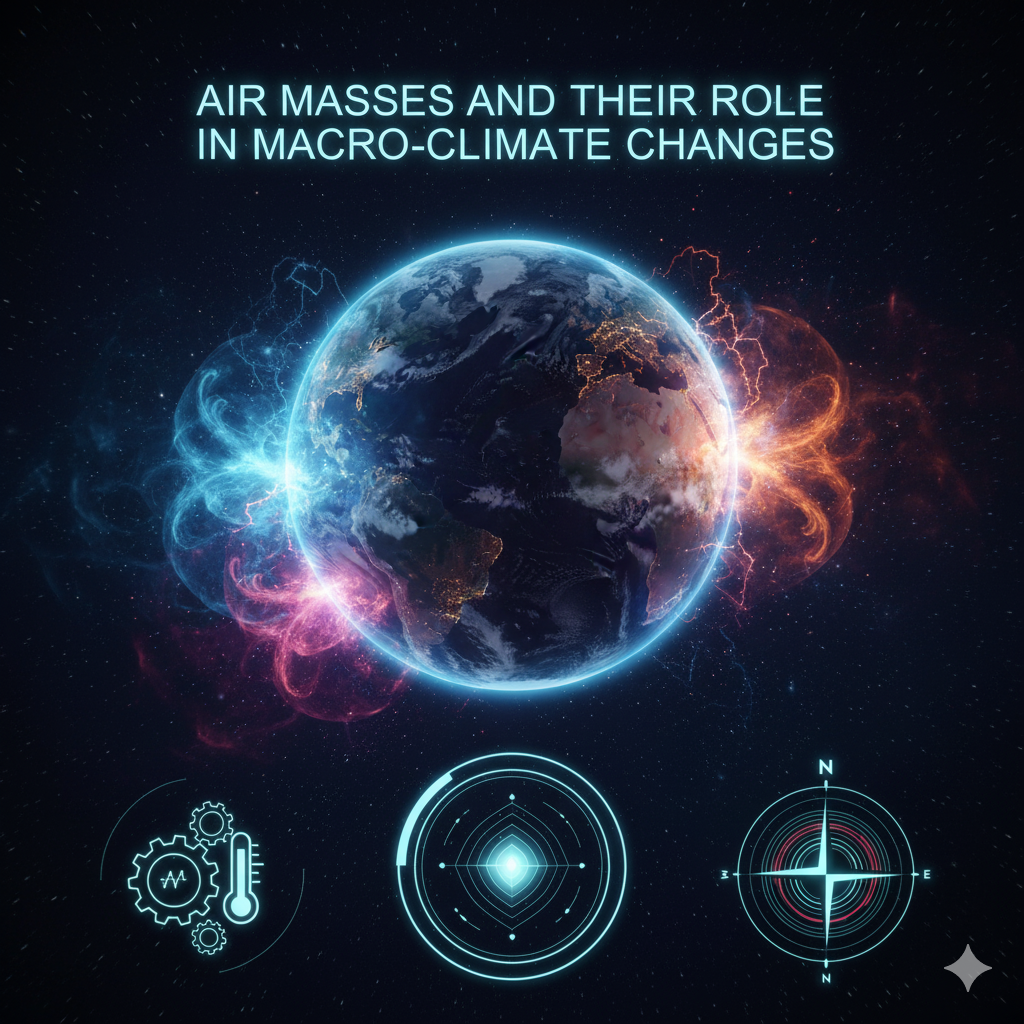Introduction
Inland Water Transport (IWT) refers to the movement of goods and passengers using rivers, canals, lakes, and other inland waterways. Globally, IWT is considered a cost-effective, energy-efficient, and environmentally friendly mode of transport, especially for bulk cargo. In India, with an extensive network of rivers and canals spanning over 14,500 km, inland waterways have immense potential for augmenting the country’s transport infrastructure.
Historically, rivers like the Ganga, Brahmaputra, Godavari, and Krishna served as primary trade and communication routes. During the colonial period, waterways were widely used for transporting goods such as coal, timber, and agricultural produce. However, over the decades, IWT in India has declined due to neglect, poor infrastructure, and competition from road and rail transport.
Today, the Government of India has launched ambitious initiatives under the National Waterways Act, 2016, and the Sagarmala Project to revitalize inland navigation. Despite its potential, the sector faces multiple problems that need addressing to fully harness its prospects.
This essay enumerates the problems and prospects of inland water transport in India, exploring historical context, infrastructure, policy measures, environmental considerations, and future strategies.
Importance of Inland Water Transport
Before discussing problems and prospects, it is important to understand why IWT is significant for India:
- Cost-Effective Transport:
- IWT can transport 1 ton of cargo 1 km at significantly lower cost than rail or road.
- Particularly suitable for bulk commodities such as coal, cement, fertilizers, and food grains.
- Energy Efficiency:
- Inland vessels consume less fuel per ton-km compared to trucks or trains.
- Reduced dependence on fossil fuels contributes to sustainable development.
- Environmental Benefits:
- Lower greenhouse gas emissions compared to road and rail transport.
- Minimal land acquisition requirements, preserving forests and farmland.
- Reduction of Road Congestion:
- Shifting bulk cargo to waterways can reduce pressure on overburdened highways.
- Shifting bulk cargo to waterways can reduce pressure on overburdened highways.
- Regional Development:
- Promotes trade and connectivity in remote areas of North-East India, Odisha, and the delta regions of rivers like the Godavari and Krishna.
- Promotes trade and connectivity in remote areas of North-East India, Odisha, and the delta regions of rivers like the Godavari and Krishna.
- Tourism and Recreation:
- Waterways can support eco-tourism, river cruises, and local passenger transport.
Current Status of Inland Water Transport in India
India has about 14,500 km of navigable rivers, canals, and backwaters, but only a small portion is utilized for commercial transport. Key points:
- National Waterways: India currently has 111 designated National Waterways, with 6 fully operational as of 2025.
- Major Active Waterways:
- NW-1 (Ganga-Bhagirathi-Hooghly): 1,620 km; connects Haldia (West Bengal) to Allahabad (Uttar Pradesh).
- NW-2 (Brahmaputra): 891 km; connects Sadiya to Dhubri in Assam.
- NW-3 (West Coast Canals of Kerala): 205 km; used mainly for passenger and cargo movement.
- Cargo Transport: About 0.1% of India’s total freight moves via IWT, much lower compared to developed countries.
Problems of Inland Water Transport in India
Despite its potential, IWT in India faces multiple challenges, which can be broadly categorized into physical, technical, administrative, economic, and environmental problems.
1. Physical Problems
a) Seasonal Variability
- Rivers in India are largely rain-fed, leading to fluctuating water levels.
- Low water levels during dry seasons make navigation difficult in rivers such as Godavari and Mahanadi.
b) Siltation and Sedimentation
- Rivers in India carry large sediment loads, especially during monsoons.
- Siltation reduces navigable depth, making dredging necessary but costly.
c) Obstructions and Narrow Channels
- Natural obstacles like rocks, sandbars, and river bends restrict navigation.
- Encroachments, bridges with low clearance, and poorly maintained canals exacerbate the problem.
d) Lack of Connectivity
- Many rivers are not interconnected, limiting the scope of continuous cargo movement.
2. Technical and Infrastructure Problems
a) Inadequate Port Facilities
- Few modern inland terminals exist; loading and unloading facilities are often primitive.
- Lack of mechanized cargo handling reduces efficiency.
b) Shortage of Modern Vessels
- Outdated vessels dominate IWT; many are small, slow, and incapable of carrying large volumes.
- Limited fleet size restricts the ability to meet commercial demand.
c) Navigation Aids and Safety Issues
- Lack of buoys, markers, and lights leads to accidents and inefficient routing.
- Poor weather monitoring and absence of river traffic control systems hinder navigation safety.
3. Administrative and Policy Problems
a) Fragmented Governance
- IWT involves multiple authorities: Inland Waterways Authority of India (IWAI), state governments, and port authorities.
- Overlapping responsibilities lead to delays in decision-making and project execution.
b) Regulatory Challenges
- Lack of uniform regulations for vessel registration, safety standards, and environmental compliance.
- Bureaucratic hurdles deter private investment.
c) Limited Public-Private Partnerships (PPP)
- Few private operators are active due to perceived low profitability and high initial investment costs.
4. Economic and Financial Problems
a) Low Investment
- Historically, IWT has received minimal government funding compared to railways and roads.
- Maintenance costs for dredging, terminals, and vessel modernization are high.
b) Low Awareness and Utilization
- Industries prefer rail and road transport due to reliability and faster delivery times.
- Lack of integration with multimodal logistics chains reduces competitiveness.
c) Seasonal Operation
- Rivers are often non-navigable during lean seasons, making IWT commercially unreliable without storage facilities or contingency plans.
5. Environmental and Ecological Problems
a) River Pollution
- Industrial effluents and urban sewage reduce water quality, affecting vessel operations.
b) Impact on Aquatic Ecosystems
- Dredging and construction of terminals can disrupt fish breeding, riverine biodiversity, and wetlands.
c) Flood and Erosion Risk
- Unplanned navigation infrastructure may exacerbate riverbank erosion and flood risks during monsoons.
Prospects of Inland Water Transport in India
Despite challenges, IWT has immense potential in India due to economic, environmental, and strategic factors. Key prospects include:
1. Economic Advantages
- Cost-Effective Transport: IWT can reduce logistics costs for bulk cargo by 20–30% compared to railways.
- Boost to Trade: Enhances connectivity to ports and industrial hubs; reduces congestion on highways and rail corridors.
- Promotion of Regional Economies: Especially in North-East India, Odisha, West Bengal, and Kerala, IWT can stimulate local trade and tourism.
2. Environmental Benefits
- Reduced Carbon Emissions: Vessels produce lower CO₂ emissions per ton-km compared to trucks.
- Sustainable Development: Less land acquisition is required, preserving forests and agricultural land.
- Flood-Resilient Transportation: Navigable rivers can maintain connectivity during floods when roads and rails are disrupted.
3. Strategic and Social Benefits
- Connectivity to Remote Areas: Particularly valuable in North-East India, connecting isolated towns with markets.
- Tourism and Passenger Transport: River cruises and eco-tourism can boost local employment.
- Disaster Relief: IWT can provide efficient evacuation and relief transport during floods or landslides.
4. Policy Initiatives and Government Programs
India has undertaken several initiatives to revitalize IWT:
- National Waterways Act, 2016: Declared 111 rivers and canals as National Waterways.
- Sagarmala Project: Promotes port modernization and integration with inland waterways.
- Inland Waterways Authority of India (IWAI): Established in 1986, responsible for developing, maintaining, and regulating waterways.
- PPP Models: Encouraging private participation in terminal development, vessel operation, and cargo handling.
- Multimodal Logistics Parks: Integrating road, rail, and waterways to improve logistics efficiency.
5. Technological Prospects
- Modern Vessels: Introduction of fuel-efficient, high-capacity cargo vessels and container barges.
- Navigation Technology: GPS, hydrographic mapping, and real-time water level monitoring for safer and efficient navigation.
- Dredging and River Engineering: To maintain navigable depth, prevent siltation, and enhance river connectivity.
- Automation and IoT: Smart terminals, automated cargo handling, and vessel tracking systems.
6. Integration with National Logistics
- IWT can play a key role in achieving India’s logistics efficiency target, reducing transportation costs and improving supply chain management.
- Seamless integration with railways and highways through multimodal terminals can increase IWT’s share of cargo transport.
7. Regional and International Cooperation
- Brahmaputra and Ganga Waterways: Potential for regional connectivity with Bangladesh and Nepal.
- Tourism and Trade: Cross-border river transport can strengthen economic ties and regional development.
- Global Example: Countries like China, Netherlands, and Germany have successfully integrated IWT into their transport networks, providing a model for India.
Recommendations to Enhance Inland Water Transport
- Infrastructure Development:
- Modern terminals, loading/unloading facilities, jetties, and warehousing.
- Dredging and river training works to maintain navigable depths year-round.
- Fleet Modernization:
- Introduce large cargo vessels, container barges, and passenger ferries.
- Introduce large cargo vessels, container barges, and passenger ferries.
- Regulatory Reforms:
- Simplify procedures for vessel registration, cargo permits, and environmental compliance.
- Simplify procedures for vessel registration, cargo permits, and environmental compliance.
- Technology Integration:
- Real-time monitoring, GPS navigation, automated traffic management, and digital cargo tracking.
- Real-time monitoring, GPS navigation, automated traffic management, and digital cargo tracking.
- Private Sector Participation:
- Encourage investment through incentives, subsidies, and PPP models.
- Encourage investment through incentives, subsidies, and PPP models.
- Environmental Sustainability:
- Minimize dredging impacts, protect riverine biodiversity, and promote eco-friendly tourism.
- Minimize dredging impacts, protect riverine biodiversity, and promote eco-friendly tourism.
- Capacity Building and Training:
- Skill development for crew, port workers, and vessel operators.
- Research and development in hydrology, vessel design, and logistics management.
- Awareness and Promotion:
- Promote the cost, energy, and environmental benefits of IWT among industries and shippers.
Case Studies
1. NW-1 (Ganga River)
- Success: Handles bulk cargo like coal, cement, and food grains.
- Challenges: Seasonal water fluctuations and siltation affect reliability.
- Intervention: Dredging, vessel modernization, and port development under IWAI.
2. NW-2 (Brahmaputra River)
- Opportunity: Enhances connectivity to North-East India.
- Challenge: Flash floods, erosion, and shallow stretches limit navigation.
- Intervention: Construction of floating terminals and deployment of modern cargo vessels.
3. Kerala Backwaters (NW-3)
- Success: Passenger transport and tourism thrive.
- Limitation: Cargo movement is limited due to small vessel capacity.
Conclusion
Inland Water Transport in India offers a promising, cost-effective, and sustainable mode of transport, capable of reducing logistics costs, easing congestion on roads and railways, and supporting regional development. Despite its immense potential, IWT faces challenges including seasonal variability, siltation, inadequate infrastructure, outdated vessels, regulatory hurdles, and environmental concerns.
The prospects for inland waterways are bright, given government initiatives like the National Waterways Act, Sagarmala Project, and the promotion of public-private partnerships. Modern technology, fleet modernization, environmental safeguards, and multimodal integration can significantly enhance the efficiency and reliability of IWT.
For India, a strategic focus on inland waterways can:
- Reduce transportation costs for bulk commodities.
- Improve regional connectivity, especially in the North-East and eastern India.
- Promote sustainable transport and reduce carbon emissions.
- Boost tourism, trade, and disaster management capabilities.
In conclusion, IWT has the potential to transform India’s transport infrastructure, provided concerted efforts are made in planning, investment, regulation, and technology adoption. With proper policy, technological, and community-driven initiatives, India can realize the full economic and ecological benefits of inland water transport.




